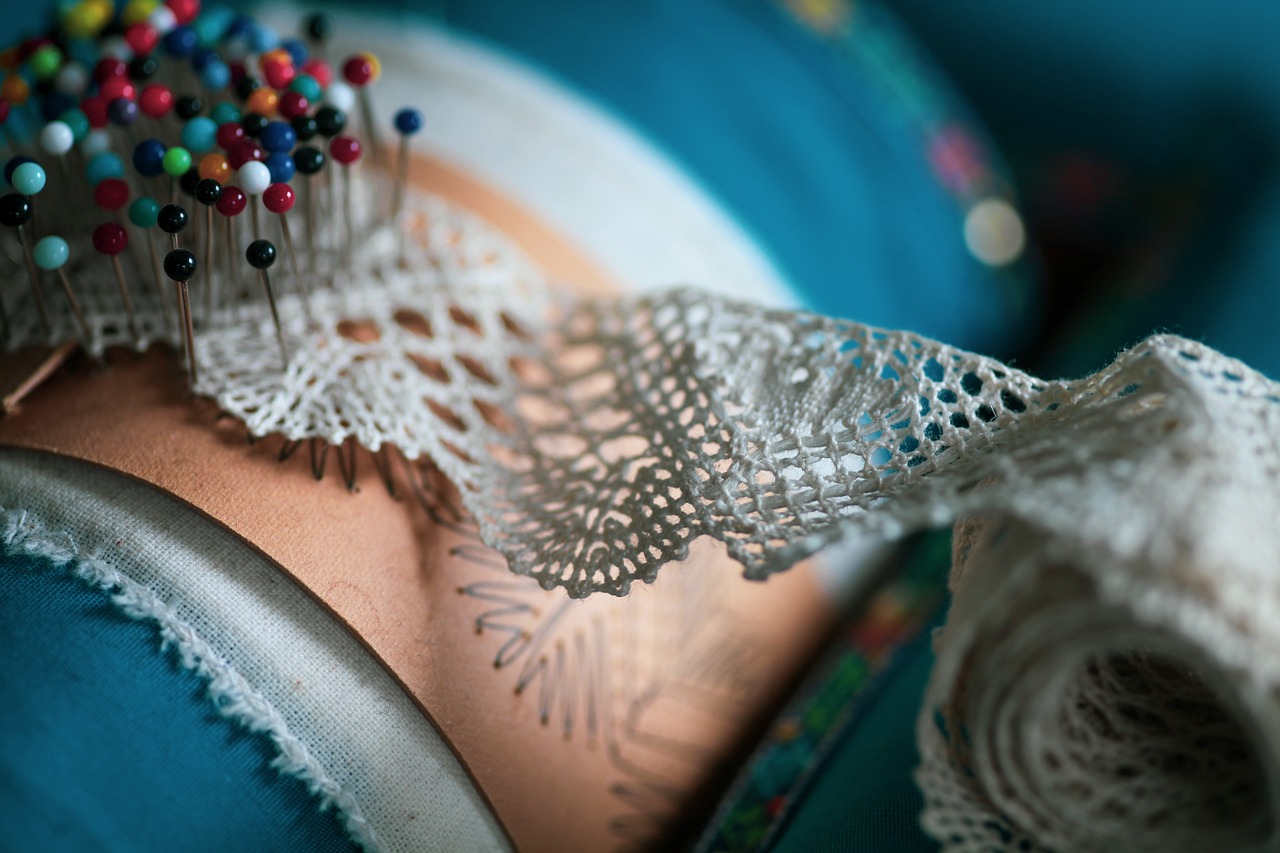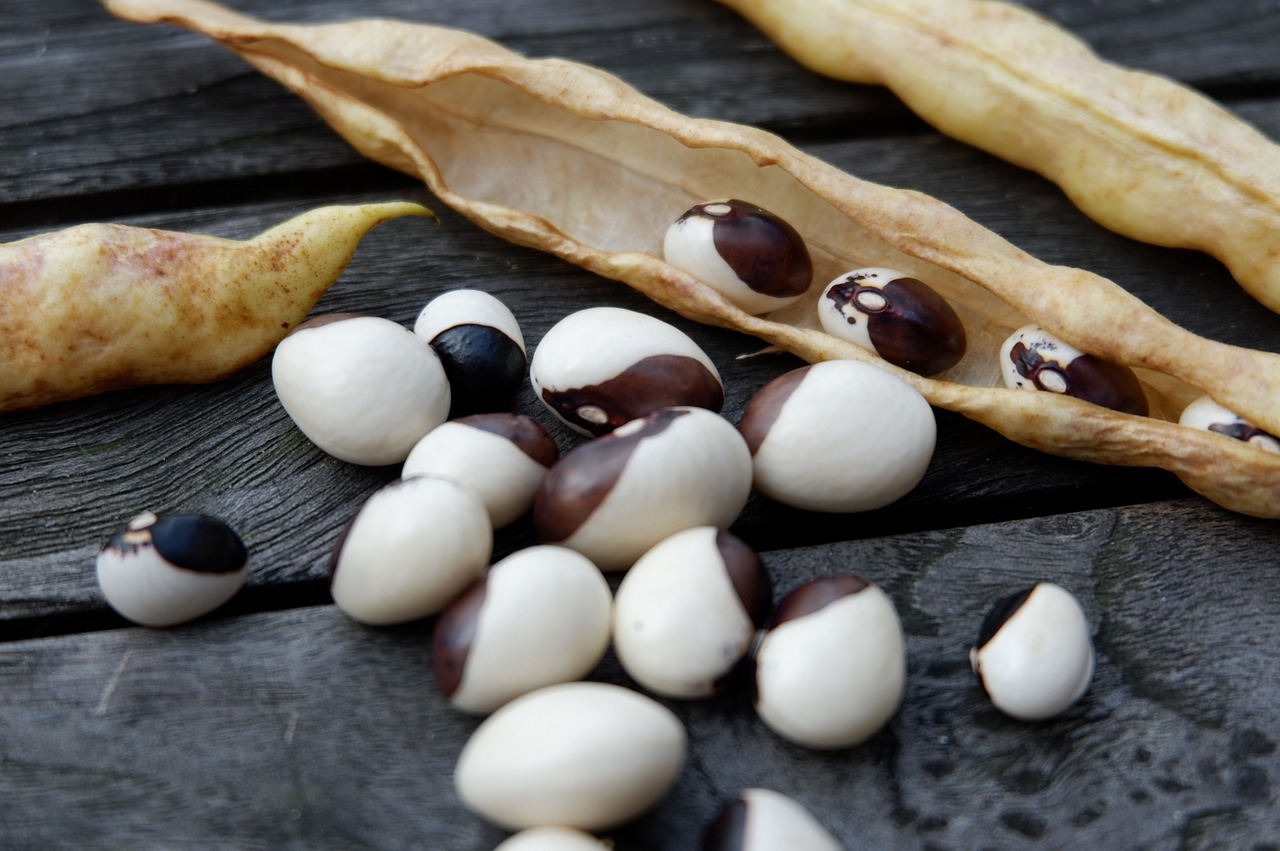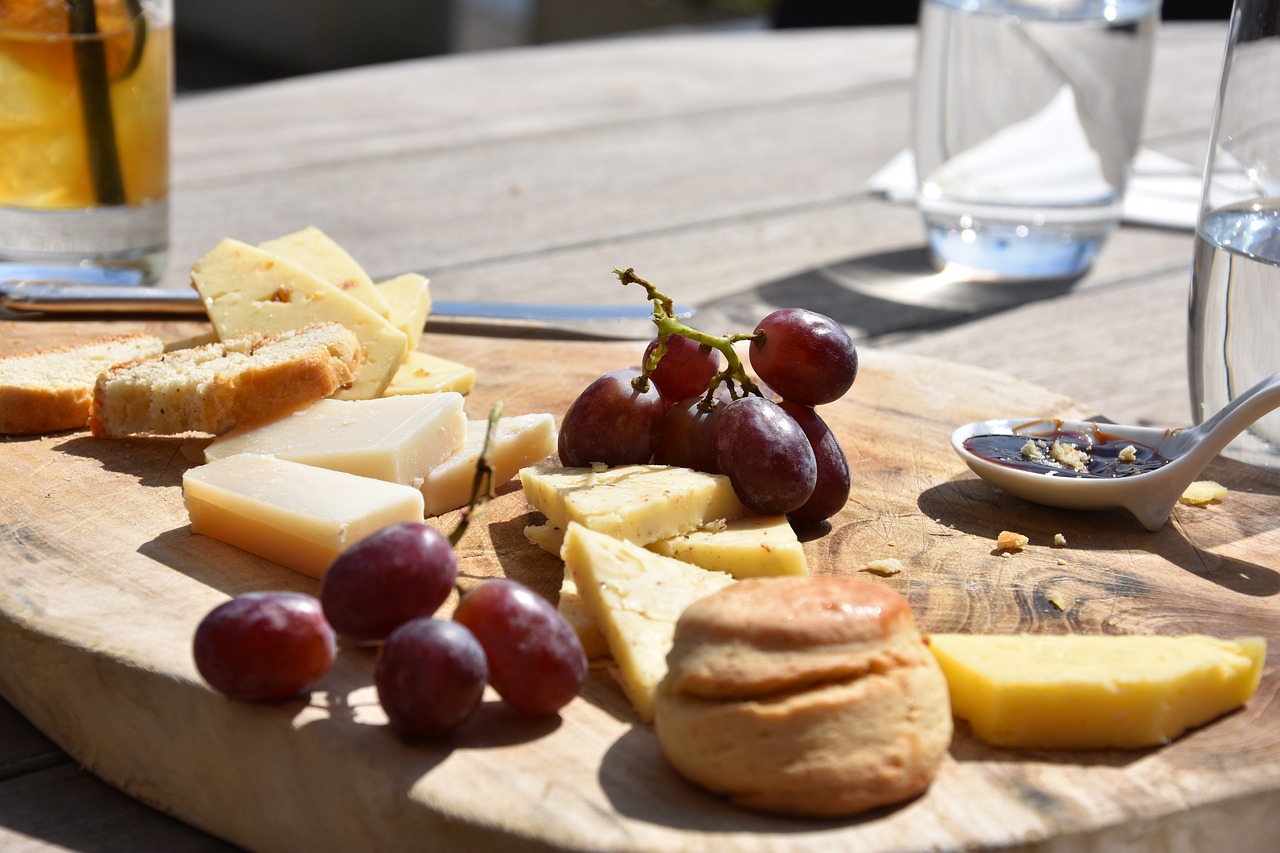Polizzi ceramics
It is in Polizzi Generosa that the oldest centre of ceramic production in the Madonie can be found.
Polizzi - and neighbouring Collesano - are lands of clay and chalk; and from the 15th to the 19th century, the two towns watched each other from afar, competing to offer the most exquisite majolica production. For centuries, the Madonie produced pottery of excellent quality and splendid designs - the use of green and brown were more than a mark of origin indicating Polizzi - that was in great demand on the tables of the nobility and upper classes of Palermo, who perhaps journeyed to their farms in the mountains in the summer. And from this little town of Madonie, much sought-after apothecary jars, plates, vases and pots would reach the capital - all objects of everyday use, but which acquired elegance and refinement due to the glazing (double firing) to which they were subjected. The earliest available documents already speak of a growing 'figulina' art trade in Polizzi at the end of the 15th century (between 1471 and 1565 there were about fifteen ceramic producers), where there are also traces of the oldest ceramic production centre in the Madonie. However, it is the town itself that 'announces' the shops in the names of the streets: Via Cannatari, Largo Fornaci - in the San Biagio district - Vicolo del Bicchiere in the area of the Badia Vecchia, reveal more than any topographical map. Moreover, Polizzi enjoys a very favourable location along the Messina-Montagne and Messina-Marine royal routes that connected the north and south sides of the island. The plague of 1577 fell like an axe on local craftsmen; some disappeared, others moved to Palermo, and others to nearby Collesano (Giovanni Saldo arrived, one of the best-known ceramists of the period), although the clay quarries and kilns were still very active, and potters continued to work until the end of the 19th century, although they had lost their former importance. They now mainly produce bricks for churches, chapels, floors with Renaissance decorations or geometric patterns for abbeys. The first waves of emigration brought the final curtain down on the era, although production remained active in a few workshops that handed down techniques and themes from generation to generation. Among today's craftsmen in Polizzi, certainly one of the best known, especially on a national level, is Giovanni D'Angelo, heir to a historic family of Sicilian ceramists. He has mixed the craft of ceramist with his passion for lines, signs and design. His ceramic decorative work began when he was a boy, learning to imitate the sophisticated designs of traditional Sicilian ceramics. Until thirty years ago, the premises that became his workshop housed an old brick kiln that Giovanni converted into a real art studio where young female decorators work. Today, D'Angelo tiles are striking and highly recognisable, accompanying stools and vases, paintings and decorated lava stones






